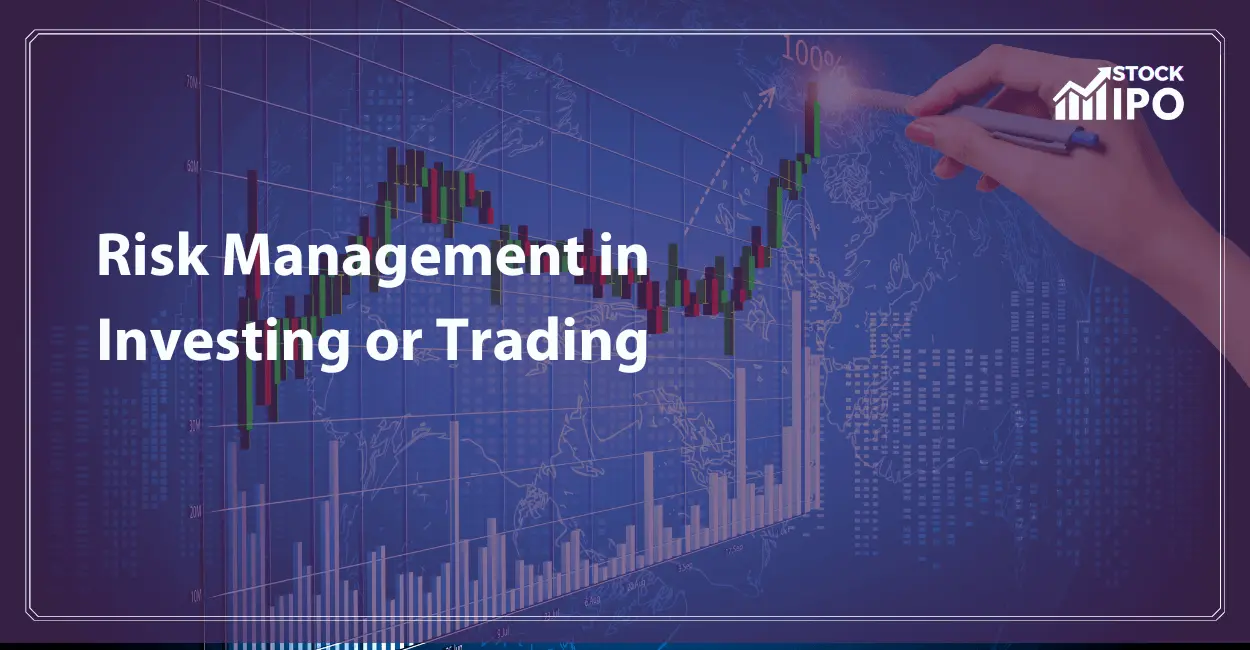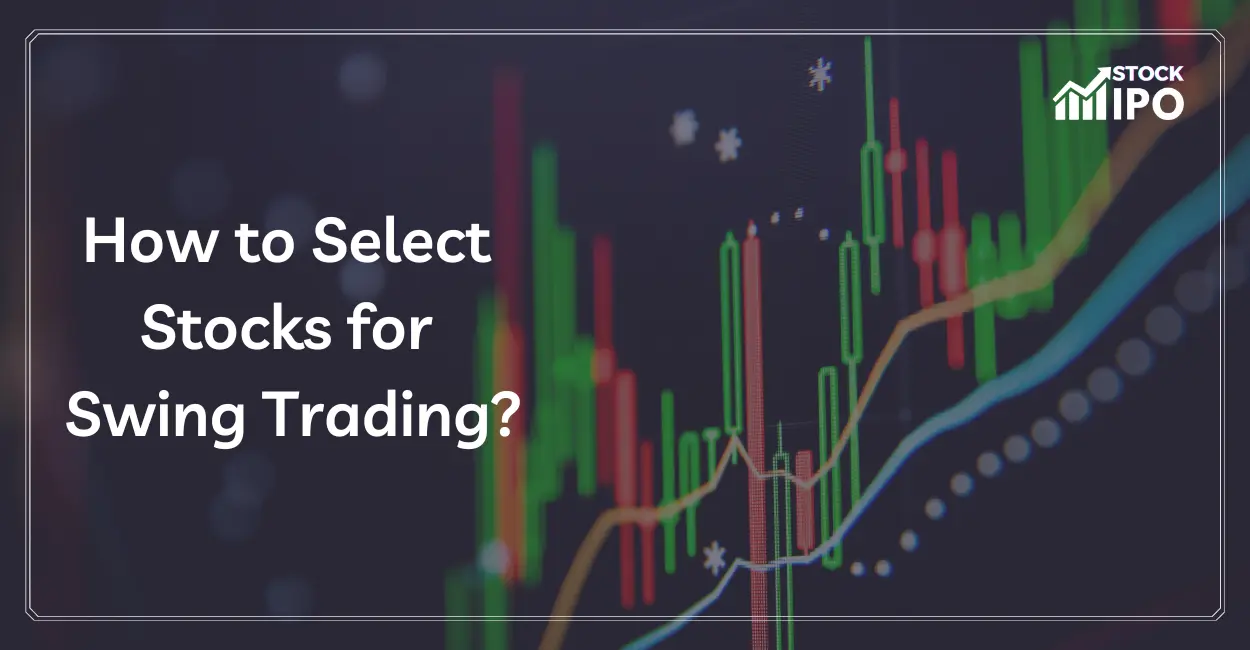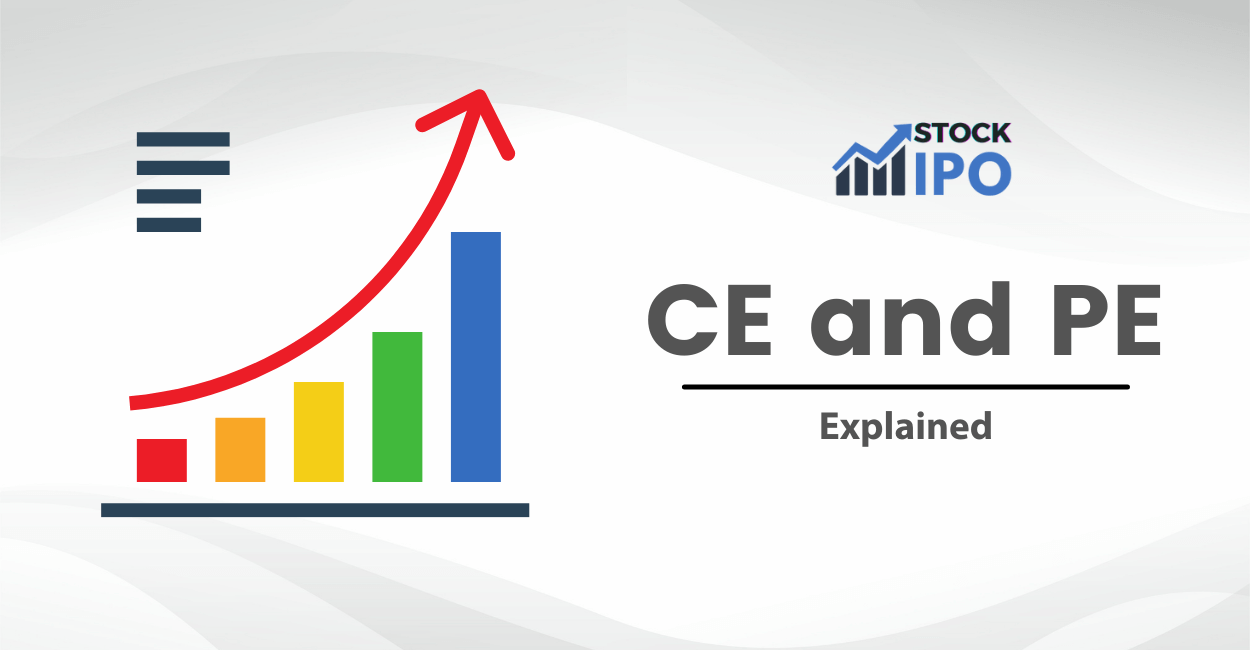“Mutual Fund investments are subject to market risk” is the line which we have heard in almost every mutual fund advertisement. We as an investor or a trader are very much aware about the associated risk of losing money in the market. It doesn’t matter the degree of expertise you have in technical analysis or the fundamental analysis, at the end of the day what matters is how you are minimizing your risk. For instance, If you are taking a risk of losing 100 Rs in the particular trade or holding then you should aim for making more than 200 Rs if the market goes in your favor. This is a sustainable approach which could help market participants to thrive in the market as this ratio of 1:2 will ultimately help you to manage your risk.
In case your winning amount is less than the losing one then it will be difficult to even survive in the market. Risk management in both trading as well as in investing is very much necessary to counter the fear of losing money in the market.
What is Risk Management?
In financial terminology. Risk Management is the process of recognising, valuing, and controlling or limiting possible losses is known as risk management.
To maximize returns from the market, you must always take some risk. Investing or trading in anything, whether in future and options, stocks, or in commodities, carries the risk of financial loss. Risk can be quantified in two ways: qualitatively and objectively. If both investors and traders understand all sources of risk, they can learn more about the benefits, drawbacks, and costs of various investment and trading strategies.
Risk management in Trading
If we talk about day trading, There are a few key things to remember, the first requirement is that you have a plan. Your entry and exit points, stop losses, and profit targets should all be included in this plan. Effective risk management will be difficult without a plan.
Selecting Risk-Reward Ratio
Determine the level of risk you are willing to accept before trading. This evaluation should include both individual trades and the overall trading strategy.
It is possible to lose more times than you win and still make a good profit. To determine your risk-reward ratio, weigh the amount of money you’re willing to put at risk against the potential gains.
Position Sizing
Many professional traders also practice position-sizing, which is the process of deciding how much capital to allocate to each opportunity ahead of time.
Before you open your first live trade, you should determine an appropriate position size based on the size of your trading account. This can assist you in controlling and quantifying your risk.
Normally, it is advised to risk <1% of your capital in every single trade.
Entry and Stoploss
After devising a plan a trader should plan both the entry point and the exit point. A trader should only enter into a trade when he sees the potential of achieving at least 1:2 risk-reward ratio. He should ignore those trades which do not go with the trading plan.
Most traders prefer to enter on momentum candles and near support in case of long trade or near resistance in case of short trade. As levels provide a high risk to reward ratio.

As far as exit strategy is concerned,Pre Decide how much you are willing to lose on any given trade and be disciplined about exiting any market if it reaches that level. Holding on to losing trades in the hope that they will turn around is a common mistake made by traders. A good risk management strategy comprises the principle of “Holding your wins and cutting your losses”. Always put stoploss in all your trades.
Risk Management in Investing
As investing has very little to do with the technical analysis, as the positions which are initiated are for the long term not for the short term. That’s why investing decisions are largely based on fundamentals. Still to attain higher profitability and to minimize an investors should follow these methods:
Diversification
When it comes to investing, diversifying holdings across asset classes can help to reduce risk. This is possible once the best method for dividing assets has been determined. If you want to invest in equities, divide your money between large, mid, and small cap equity mutual funds.
This reduces the possibility of losing all of your money. During market downturns, the value of small-cap corporations frequently falls far faster than that of large-cap corporations. We have the ability to invest in a wide range of asset classes. This could help to lower the overall risk of our portfolio.
Investing With Trend
Trend investing is the process of investing in stocks, industries, or markets that are expected to grow consistently in the future. The idea is to ride the trend up until it’s time to jump off and exit that part of the market profitably.
Trend investing usually enhances the winning rate of an investor, buying on dips and investing at 200 EMA are some of the Investments strategies which are highly profitable.
Assessing Future demand
Successful investors are always futuristic, as they pick those companies to invest in , which are going to have high demand in the near future. They usually pick them up when such stocks are below their intrinsic value and when the stock demand goes up, they bag huge returns from their investments. For instance, the government is striving to replace Crude oil with any alternate source of energy such as using E-vehicle, Solar Power, Ethanol blended fuel etc. So, the companies engaged in production of these products are always in the futuristic investors list.
Conclusion
To stay in the game of the stock market, one should be skilled in managing the risk associated with it, and the struggle to inherit this skill requires practice, determination and discipline. Investors and Traders should not only follow but also practice the above guidelines to an extent that it becomes instinctive.This is the major characteristic which makes a successful investor or a trader to stand out from the unsuccessful ones.








Very nice article for new traders